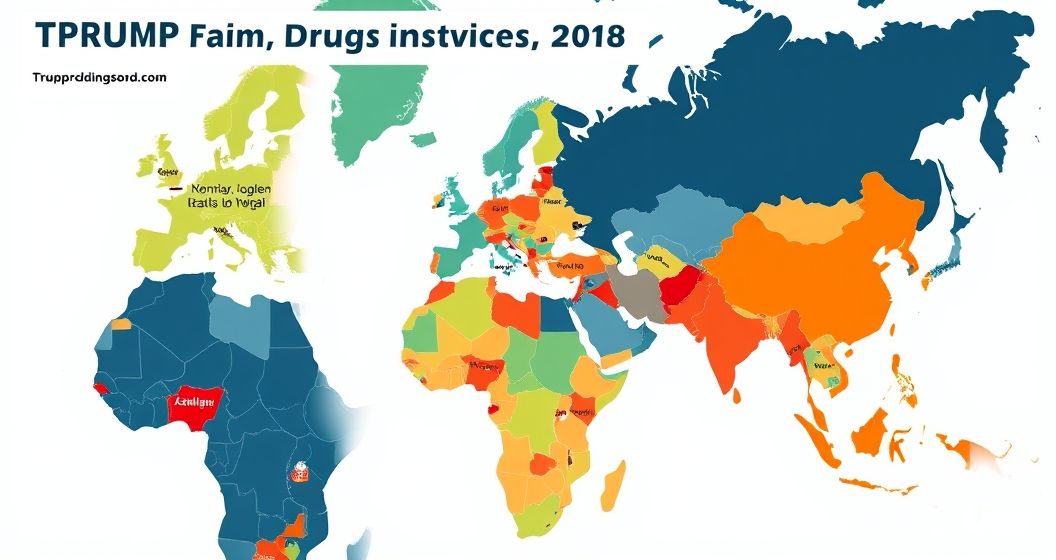Drug producing countries: The 23 Nations Designated by President Trump
The countries named in the Presidential Determination were: Afghanistan, The Bahamas, Belize, Bolivia, Burma (Myanmar), China, Colombia, Costa Rica, Dominican Republic, Ecuador, El Salvador, Guatemala, Haiti, Honduras, India, Jamaica, Laos, Mexico, Nicaragua, Pakistan, Panama, Peru, and Venezuela. This diverse group of nations reflects the global reach of drug trafficking networks, utilizing varied geographical landscapes and political systems to facilitate their operations.
Geographic Distribution and Implications
The geographical distribution of these countries is significant. The list includes nations in North America, Central America, South America, Asia, and the Caribbean. This widespread presence indicates the intricate and interconnected nature of international drug trafficking routes. The inclusion of countries with vastly different political systems and levels of economic development further highlights the challenge of combating this global issue.
Analyzing Key Countries on the List
Several countries on the list warrant closer examination due to their significant roles in drug production or transit.
Afghanistan and Opium Production
Afghanistan remains a major producer of opium, the primary source of heroin. The volatile political situation and the presence of powerful insurgent groups have historically complicated efforts to curb opium cultivation.
Mexico and Drug Trafficking Routes
Mexico’s location and porous borders make it a critical transit point for drugs moving from South America to the United States. The country’s internal struggles with drug cartels further complicate efforts to control the flow of narcotics.
India and Drug Transit
India’s inclusion on the list highlights the country’s role as a transit point for various drugs. Its vast coastline and extensive land borders present challenges in interdicting illegal drug shipments.
China and Precursor Chemicals
China’s presence on the list emphasizes its role as a source of precursor chemicals used in the production of synthetic drugs. Controlling the flow of these chemicals is crucial in disrupting the global drug supply chain.
The Challenges of Combating the Global Drug Trade
The list of 23 countries serves as a stark reminder of the immense challenges involved in combating the global drug trade. These challenges include: * **Weak governance and corruption:** In many of these nations, weak governance and widespread corruption hamper law enforcement efforts. * **Poverty and lack of economic opportunities:** Poverty and lack of economic opportunities often drive individuals to participate in drug production and trafficking. * **Transnational criminal organizations:** Powerful and well-organized transnational criminal organizations operate across borders, making it difficult to effectively target them. * **Limited international cooperation:** Effective combating of the drug trade requires strong international cooperation and information sharing. Addressing the global drug trade requires a multifaceted approach that involves strengthening governance, promoting economic development, enhancing law enforcement capabilities, and fostering greater international cooperation. The list compiled by President Trump, while controversial, serves as a crucial reminder of the scale and complexity of this ongoing global challenge.


